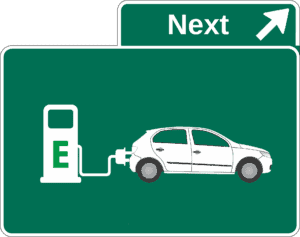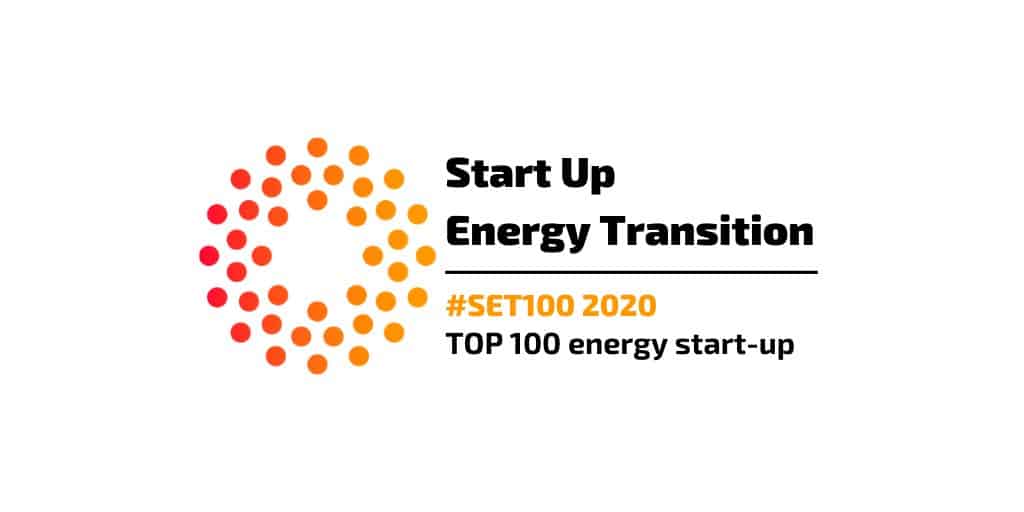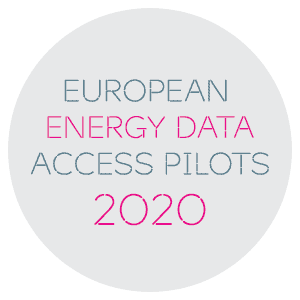
Corporate sustainability targets and environmental regulation are pushing fleet managers to switch to electric vehicles at an accelerated rate – or at least, faster than natural adoption based on driver demand. As such, fleet managers are left with the challenge of convincing their drivers to go for an electric vehicle (EV) instead of an internal combustion engine (ICE) vehicle. A very common argument from drivers against a proposed switch to an EV is the limited range the battery provides.
“Range anxiety” is a well-known issue with EV. Although there are more charging plugs than there are fuel stations, and although the average daily trip of a driver is less than 50km, and although EV ranges are now commonly reaching +300km, this anxiety still remains. There are various ways of managing driver comfort, educating them up front, sharing first-hand experience from colleagues and so on… but in the end, the fleet manager usually still ends up ordering the biggest available battery the model has to offer simply to counter the concerns of their drivers.
Ordering the biggest battery is unfortunately the most expensive solution to the problem. And although the fleet manager is aware of this, the question remains on how to avoid this from reocurring at the next vehicle renewal. Pioneers in the area have already had the renewal discussion with some of their drivers, who claim the necessity of the big battery for their comfortable use of the car. Little data can currently be brought to the table to reduce the discussion down to the simple facts.
This lack of data is because fleet managers cannot monitor the actual state of charge of the battery of the vehicles through the services of the mobility service provider or charge pole operator. The charge pole simply doesn’t get this data from the car. The best some of the EV fleet management software has been able to do so far is to estimate the original state of charge of the battery by calculating at the end of the session the amount of energy charged into the vehicle. Yet this software does not know whether charging stopped at 100%, 90% or 80% due to a driver setting or whether it simply stopped because somebody decided to drive to the supermarket. As the end point isn’t known, it becomes even harder to estimate the start of the state of charge and to analyse whether there was a comfortable margin left in the battery or not.
Adding to this are the big variations in energy consumption by an EV. Head or tail wind provides a 20% difference in consumption/km. Winter-summer variations mount up to 20% as well. And, of course, the speed of the car while driving: another 20% difference between 100km/hour or 130km/hour. So even if the battery was nearly empty, why? If it is due to irregular driver behaviour, the fleet manager could investigate options on how to manage this. But if the driver regularly has to do a winter highway trip back and forth along a windy coastal road, how can this be managed?
To get to the bottom of it, monitoring the actual state of charge of the battery and its evolution over time is an essential parameter in identifying whether or not the size of the battery can be reduced. If it can be reduced, it will have a direct cost saving for the renewal of the EV for the driver afterwards. Extrapolated to an entire fleet, these savings can become quite important, since the battery is the most expensive part of an EV. Looking at a simple example: the cost difference between a Tesla model 3 and a model 3 long range is about 9000 euros – for 110 km of extra range that your driver might never need.
Monitoring the state of charge through the charge pole interface is not feasible, but luckily, it is possible through direct car connectivity. As simply as your driver can connect his mobile application to the right car, a fleet manager can get access to the state of charge as well. Monitoring this parameter over time will provide a fleet manager with factual data to decide on the appropriate battery size and guide drivers on the trade-off between a bigger battery or a few more fast charging stops along the way.
But fleet managers don’t have to limit this exercise to their EV fleets. They can already start with their ICE fleets as well. By monitoring the odometer readings at a high frequency (at least daily), a driver-specific assessment can be made about the daily range need. If up to five-minute odometer readings are included, the driving style (highway %, speed, acceleration) can be considered for more detailed results. As such, a trade-off can be made between a larger battery or more frequent fast charging for the selected driver. All while data on a driver’s specific behaviour can reassure him or her that they won’t run a flat battery and end up stranded somewhere while on a road trip. This approach would take total cost optimisations, which are commonly used in EV transition plans today, to a new level, while saving significant capex amounts on right size battery procurement.
Monitoring state of charge and odometer readings doesn’t have to involve installing track & trace hardware equipment in every vehicle. Almost all vehicles are already connected to the internet today, to allow for instance a driver app from the manufacturer to communicate with the car. re.alto uses that setup, through a collaboration with the manufacturers, to collect state of charge and odometer readings from the car directly and provide it to fleet managers directly or via an API into their preferred fleet management IT solution.
Reach out to us today for more information on how re.alto can help improve your company’s transition to EV.











